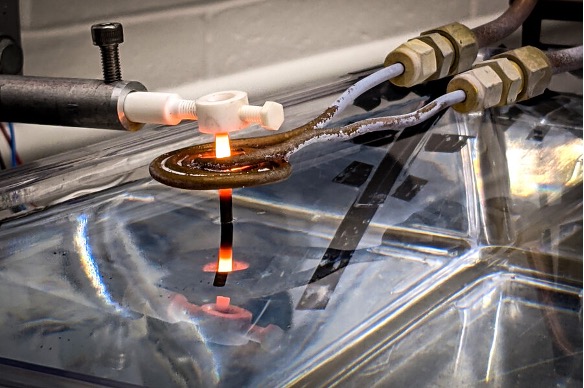| By Alex Haidar |
MIT developers published a research paper in the peer-reviewed journal Additive Manufacturing which demonstrated the potential for metal components used in high-stress and temperature applications (such as turbine blades) to be 3D printed from a specially heat-treated nickel superalloy.
Currently, air turbine blades are fabricated from solid castings of mixed metal alloys. 3D printing of turbine blades could help produce more intricate blade geometrics to improve fuel efficiency. Products made by traditional 3D-printed processes previously have left micro-structures imprinted on products, making the molecular structure vulnerable to weakening under the extreme temperatures and forces involved in turbine usage.
This research investigated how a certain heating process could be applied to 3D printed materials in order to increase the structural rigidity of the material. One of the MIT corresponding authors charged with Conceptualization, Funding Acquisition, Supervision Writing, and Editing envisions that in the future, “gas turbine manufacturers will print their blades and vanes at large-scale additive manufacturing plants, then post-process them using our heat treatment.”
The process, known as Directional Recrystallization (DRX), is a post-processing heating cycle directly applied to a 3D printed material which melts inconsistencies and reconfigures the molecular structure into a stronger form. Their research paper ultimately found “significant improvements” in the structural strength of these materials treated with DRX with regards to “optimization of material composition, initial texture, and component geometry.”
The MIT study was conducted under the support of funds provided by the Office of Naval Research and in partnership with Top Grain Technologies, Inc. The “Directional Recrystallization Processing of Additively Manufactured Metal Alloys” patent is currently pending at the United States Patent and Trademark Office.
Photo credit: Dominic David Peachey via TechXplore



